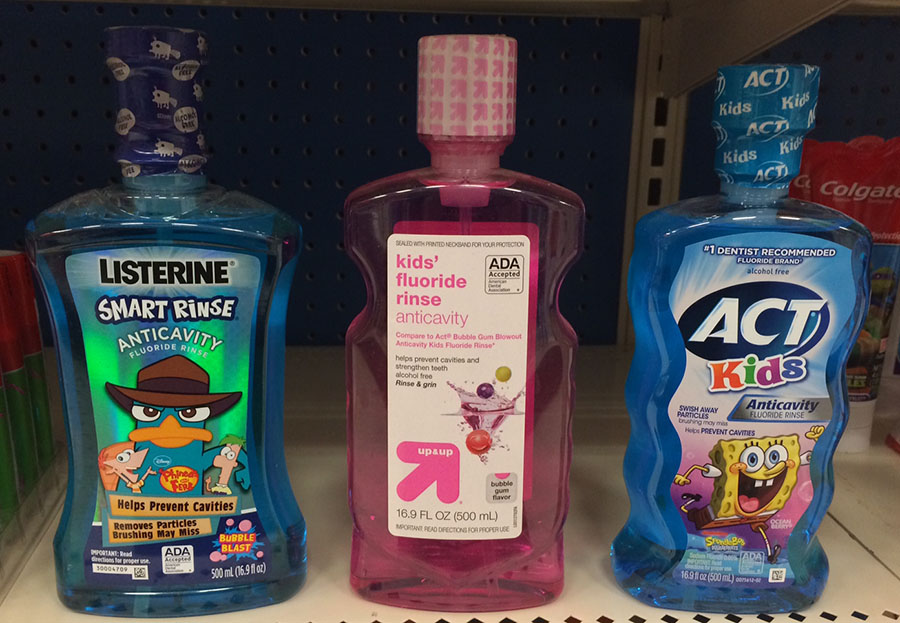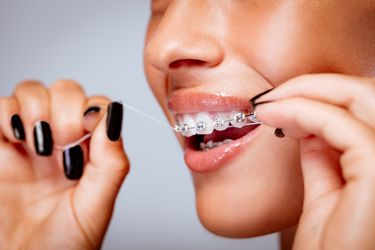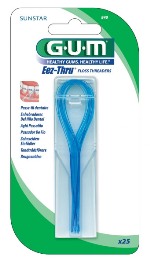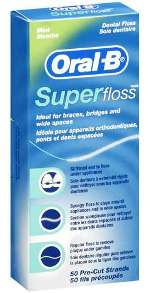It's National Facial Protection Month-Here's How You Can Play It Safe
April 10th, 2024

April is National Facial Protection Month, and the team at Bel Air Orthodontics want to remind parents, coaches and athletes to play it safe as they prepare to suit up for both recreational and organized sports. Whether at practice, at a game, or simply enjoying some fun in the neighborhood, a sports-related injury can happen in an instant. That's why it's important to take precautions to protect your face and teeth from injury. Dr. Godwin suggests you take these simple steps to prevent injuries so you can stay in the game:
- Wear a mouth guard when playing contact sports; if you have braces, make sure you use a mouth guard designed specially for orthodontic patients;
- Wear a helmet. Helmets reduce of risk of head injury by absorbing the energy of an impact.
- Wear protective eye wear. According to the Coalition to Prevent Sports Eye Injuries, protective eye wear designed specifically for the sport can prevent more than 90 percent of all eye injuries;
- Wear a face shield to avoid scratched or bruised skin;
- Be alert - as a player or spectator!
Did You Know? . . .
- Athletes who don't wear mouth guards are 60 times more likely to damage their teeth. Mouth guards are particularly important if you are in orthodontic treatment. A minor blow to the face can be uncomfortable if you don't have braces; but add metal to the mix and a minor blow to the face can leave you with abrasions and cuts inside your mouth from your soft tissue being pressed against the brackets and wires on your teeth;
- Sports-related injuries are the leading cause of emergency room visits in children ages 12 to 17 according to the Center for Disease Control;
- Whatever your sport, the right protective gear can save your teeth, your face, and even your life. If you or your child suffers dental trauma such as a knocked-out or broken tooth, Dr. Godwin suggests that you contact your dentist for immediate attention. For those in braces, it's also important to contact our office to schedule an appointment for repair since damage to braces can lengthen treatment time and affect treatment results.
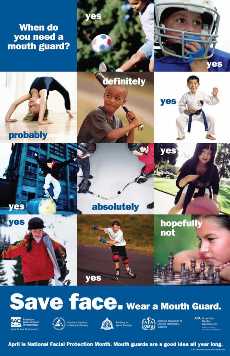
About National Facial Protection Month: Every April, the American Association of Orthodontists, the American Dental Society, the Academy for Sports Dentistry, the American Association of Oral and Maxillofacial Surgeons, and the American Academy of Pediatric Dentistry team up to remind parents, coaches and athletes about the importance of taking precautions to preserve their teeth and protect them from facial injuries.


